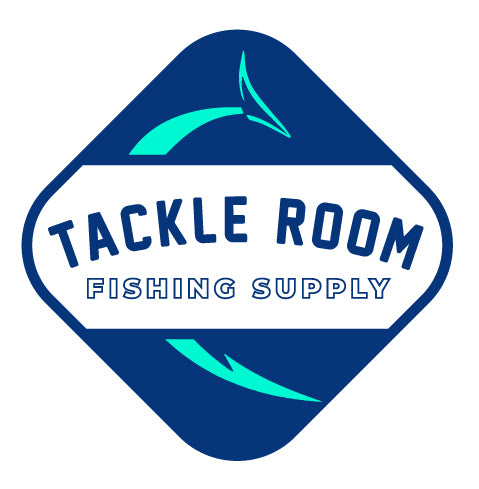Versatile fishing knot for many applications
Learn how to snell a hook with this quick video. Applications for this technique include live-baiting for yellowfin tuna or yellowtail snapper, or pitch-baiting dead ballyhoo for blue marlin.
A snell knot isn’t as common as your everyday knots. However, it’s a versatile fishing knot that works with a variety of leaders and hooks. This is a great option when you want your leader to be tight to the hook, instead of free-swinging like a loop knot. Because of the pressure big fish will place on your snell knot, be sure to use hooks with clean, round eyes. This knot works great because of the same pressure we just mentioned, so this is key. In fact, if you’re using a snell knot for big pelagics, an hook with an angle to the eye is ideal. This lines everything up nicely.
All told, the snell knot is easy to tie and has a ton of uses. Whether you’re using mono leader or fluoro leader, it’s worth a go.
Snell Knot Tips :
Snell knots require wrapping a loop around the fishing hook, so be sure to leave yourself enough slack. When you tighten the snell knot, the turn should be held under your fingers to make sure it's snugged down neatly and evenly. You can learn the technique by using a small length of wire, tubing, or straw held parallel to the shank of your fishing hook. A properly tied snell knot does not require additional support from glue.
Snell Knot Variations :
There are several ways you can alter your snell knot. Here are just a few of the most common variants.
Double hook snell knot - made by tying 2 snell knots to 2 hooks, making a double snell rig.
The sliding hook snell knot is made by tying the latter wraps along the standing part of itself, then, another line that carries one more snelled hook. This helps to adjust the distance between two hooks.
An egg loop knot is a modifcation of the snell knot where the wraps are made before passing the tag end through the end a second time.
Other variations include the improved snell knot, nail snell knot, and uni snell knot.
Snell Knot v/s Other Knots
Unlike the snell knot, Improved clinch knots cannot prevent the bait from spinning or any other movements that could go against the bottom current. The snell knot works with different types of hooks, whereas the nail knot for instance does not. Most other knots aren't tied along the hook shank, the Uni knot is a good example of this.
Snell Knot Uses
Snell knots allow anglers to tie their leader directly to a baited hook. This knot is most commonly used for dead bait applications - shark fishing being one that immediately comes to mind. However, if you're freshwater fishing, this is a great knot for pitching or flipping baits. We've found that many anglers use this knot for snapper rigs, crawler harnesses, and drop shots.
